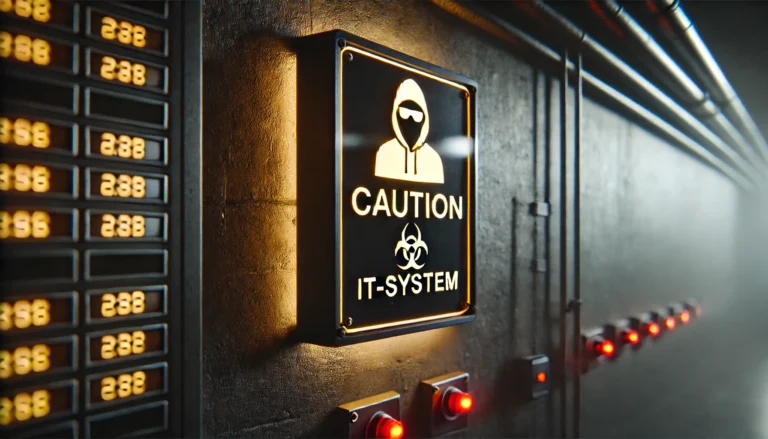The Evolving Cyber Threat Landscape
In today’s interconnected world, organizations face increasingly sophisticated cyber threats. From ransomware attacks crippling critical infrastructure to data breaches exposing sensitive information, adversaries exploit any weaknesses to achieve their goals. One common denominator in many successful breaches is lateral movement: attackers gaining access to one part of a network and then propagating through unsegmented systems. This highlights a critical need for robust network segmentation as a cornerstone of modern cyber defense strategies.
What Is Network Segmentation?
Network segmentation involves dividing a network into smaller, isolated segments, each with its own security controls and access policies. This approach limits the movement of attackers, even if they gain initial access, by creating barriers that prevent them from traversing the network freely. Unlike traditional flat networks, where all devices and systems are interconnected, segmented networks use logical or physical barriers to enforce strict boundaries.
For example, in a segmented network, an attacker compromising an employee’s workstation in the accounting department would face significant obstacles before accessing sensitive databases in the finance department. This compartmentalization disrupts the “open-door” access many attackers rely on.
Why Conventional Wisdom Falls Short
Many organizations still rely on perimeter-based defenses, believing that firewalls and intrusion detection systems at the network edge are sufficient. However, this outdated approach overlooks the fact that breaches often originate inside the network, either through compromised endpoints, insider threats, or supply chain vulnerabilities. Perimeter defenses are no longer enough in an era where the network extends far beyond the corporate office, encompassing remote workers, cloud environments, and third-party integrations.
Network segmentation challenges this conventional wisdom by assuming that breaches will occur and focusing on minimizing their impact. This proactive approach aligns with the principles of zero-trust architecture, which emphasizes “never trust, always verify” within every segment of the network.
Defense-in-Depth: Layered Security That Works
Network segmentation exemplifies a defense-in-depth approach, where multiple layers of security controls are designed to slow down or halt attackers at various stages. Think of it as an onion—each layer of security must be peeled back by an attacker before they can access critical systems. If one control is bypassed or fails, another layer might detect or block the intrusion. For instance, a misconfigured firewall might allow unauthorized access, but segmentation policies combined with monitoring tools could still trigger an alarm, exposing the intruder before significant damage occurs.
This layered approach not only provides redundancy but also increases the likelihood of detecting an attacker early. While this article focuses on segmentation, other layers—such as intrusion detection systems, endpoint security, and behavioral analytics—complement it effectively, forming a robust security architecture.
Real-World Scenarios: The Impact of Segmentation
The effectiveness of network segmentation is evident in industries like healthcare and finance, where compliance and security are paramount. Consider a healthcare organization managing electronic medical records (EMRs). By segmenting the network, critical systems storing patient data are isolated from other areas like guest Wi-Fi or employee workstations. Even if an attacker gains access to a less secure segment, they are unable to reach the sensitive EMR databases without breaching additional layers of security.
Another example involves financial institutions using segmentation to protect high-value assets like payment processing systems. In one case study, a segmented network thwarted an advanced persistent threat (APT) by isolating compromised endpoints from the systems processing financial transactions, saving millions in potential losses.
Strategic Benefits Beyond Security
While network segmentation primarily strengthens cyber defenses, its benefits extend to operational efficiency and compliance. For example, regulatory frameworks such as ISO 27001, GDPR, and PCI DSS often mandate stringent access controls. Segmentation helps organizations meet these requirements by restricting access to sensitive data and maintaining detailed audit trails.
Operationally, segmentation reduces the blast radius of potential attacks, minimizing downtime and recovery costs. It also enables more effective monitoring by isolating unusual activity within specific segments, making anomalies easier to detect and respond to.
Practical Implementation Considerations
Implementing network segmentation requires careful planning and ongoing management. Key steps include conducting a thorough network assessment, identifying critical assets, and designing segmentation policies based on organizational needs. Technologies such as virtual LANs (VLANs), software-defined networking (SDN), and microsegmentation tools play a crucial role in achieving granular control.
However, challenges such as misconfigurations and compatibility issues can arise. Organizations must adopt a layered approach, combining segmentation with regular vulnerability assessments and automated policy enforcement to avoid creating new vulnerabilities.
The Future of Segmented Networks
As organizations embrace hybrid work models and cloud-first strategies, network segmentation must evolve to address increasingly complex environments. The rise of software-defined perimeters (SDP) and identity-based microsegmentation are promising advancements, offering dynamic, context-aware segmentation for modern architectures.
Looking ahead, segmentation will remain a foundational practice for cyber resilience, helping organizations anticipate and mitigate threats in an ever-changing landscape.
Contact us for a free initial consultation.



